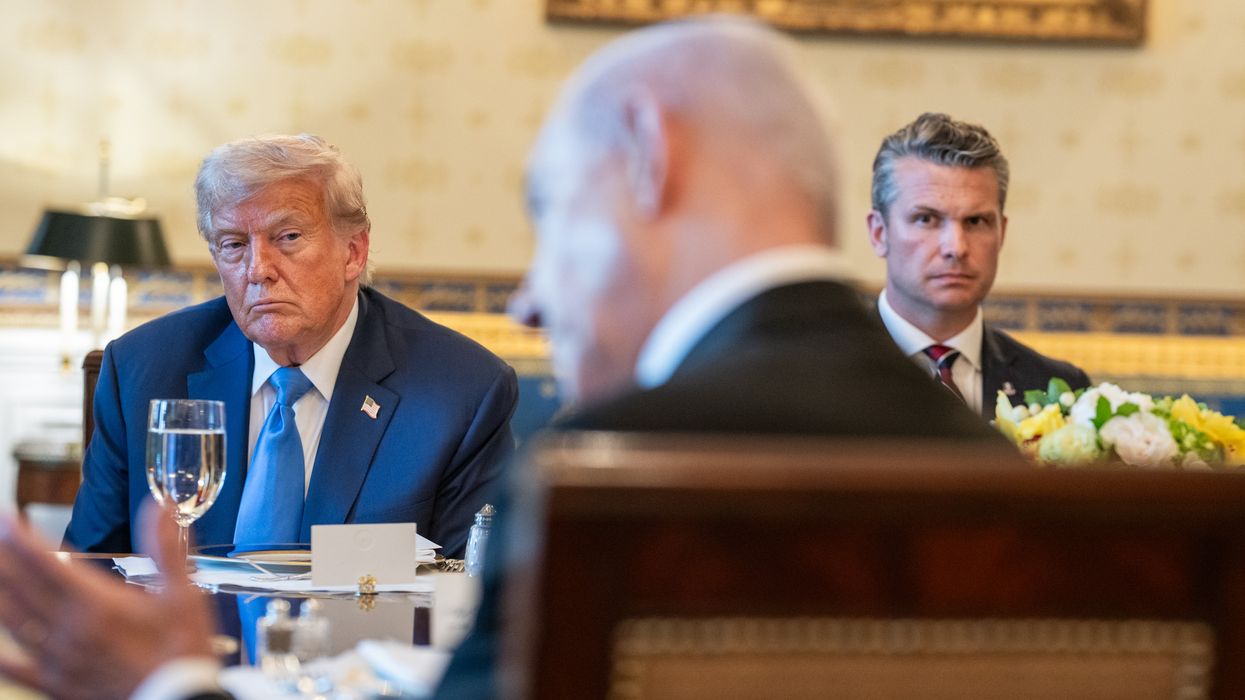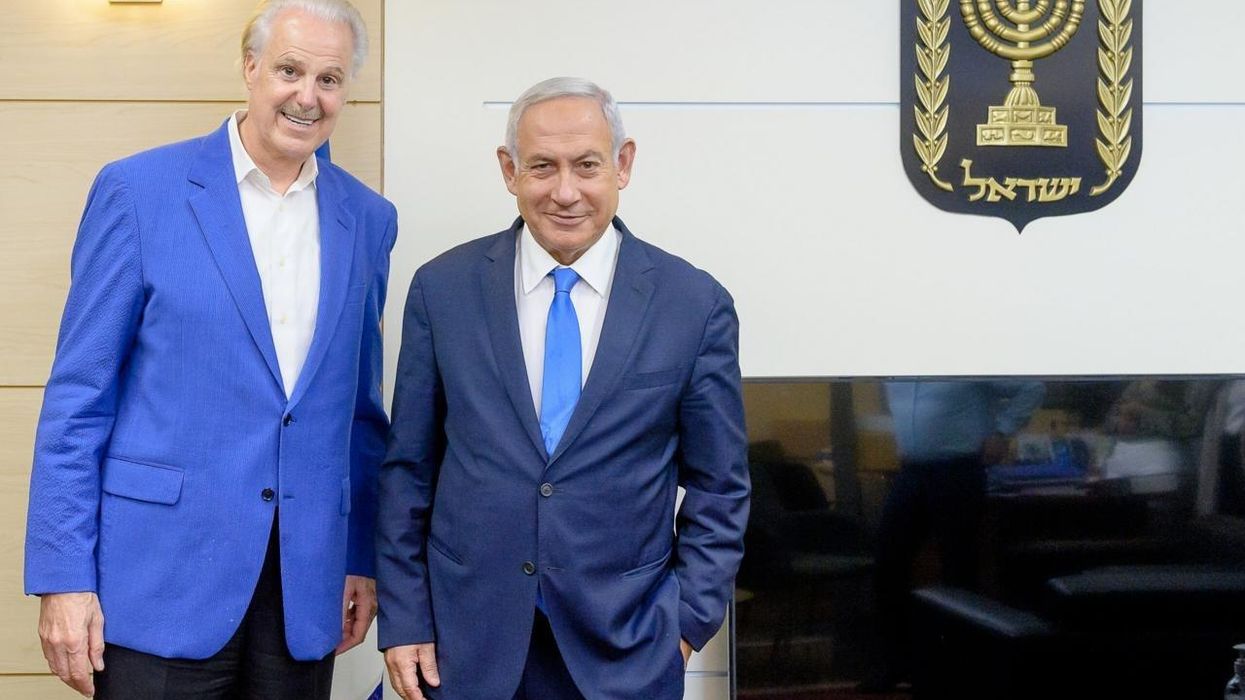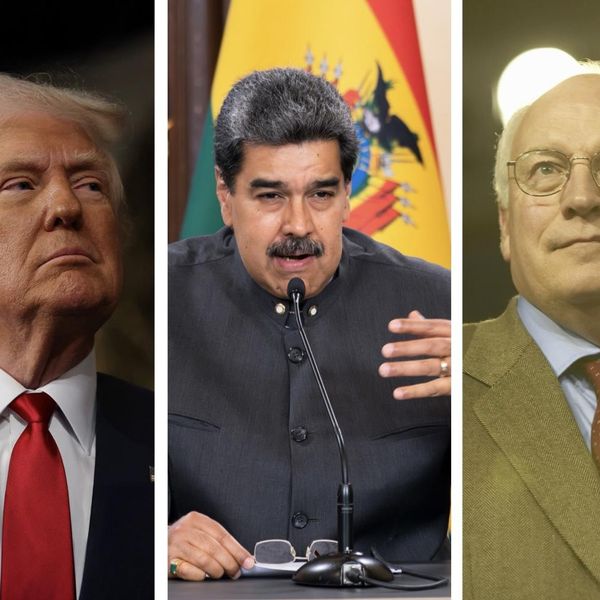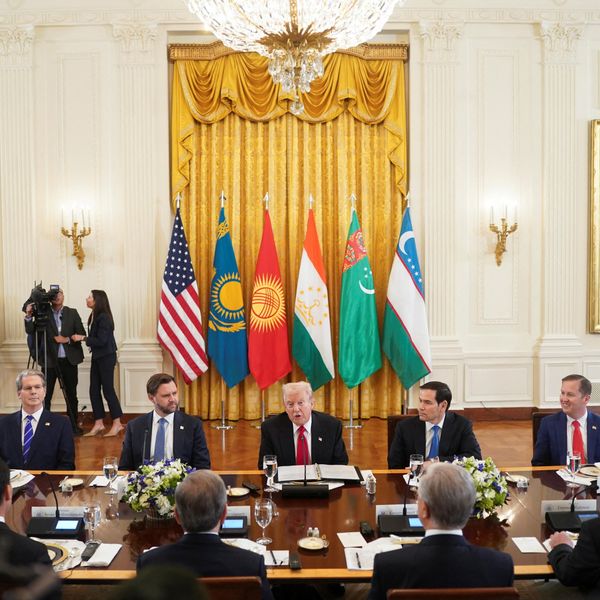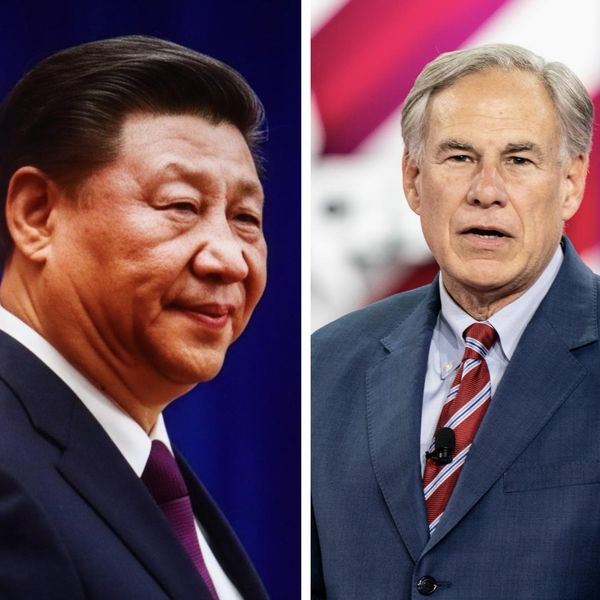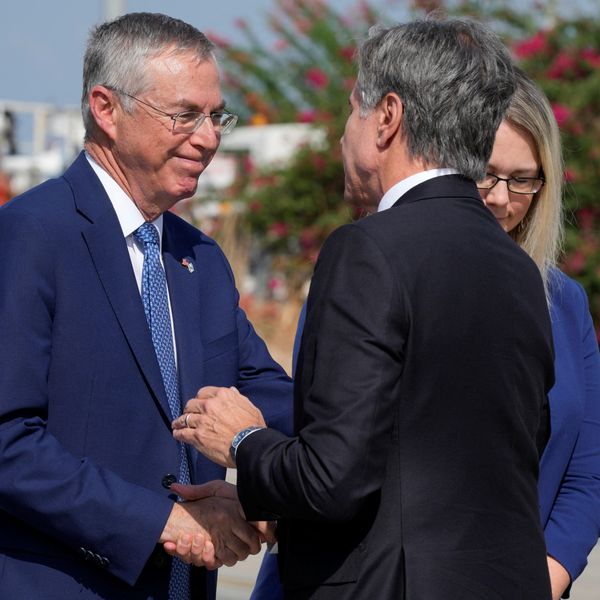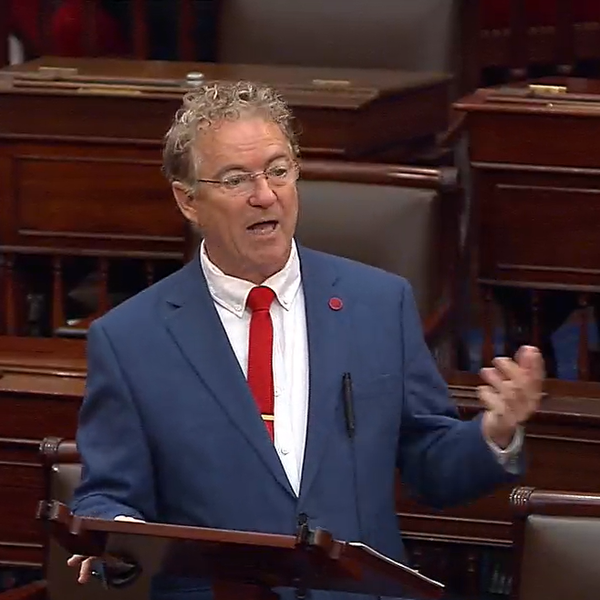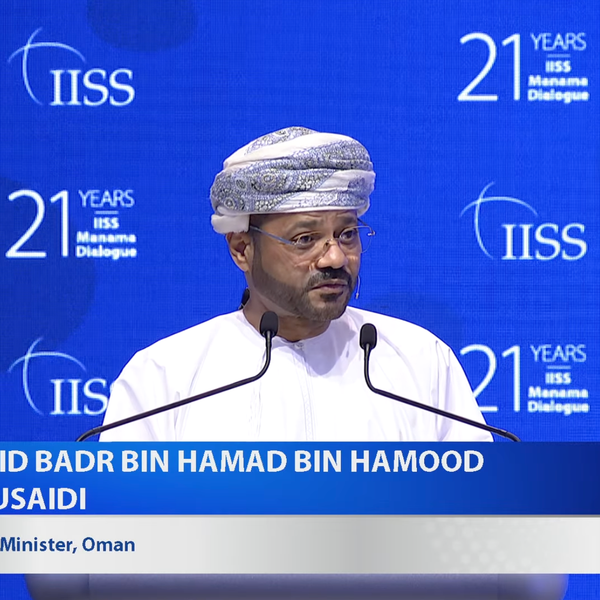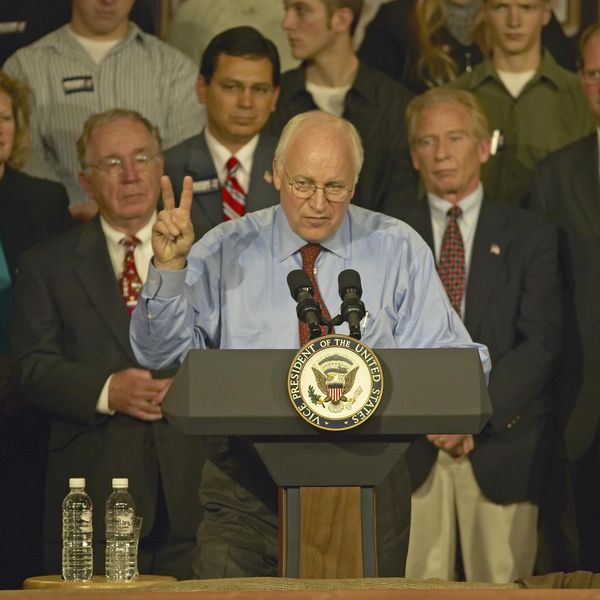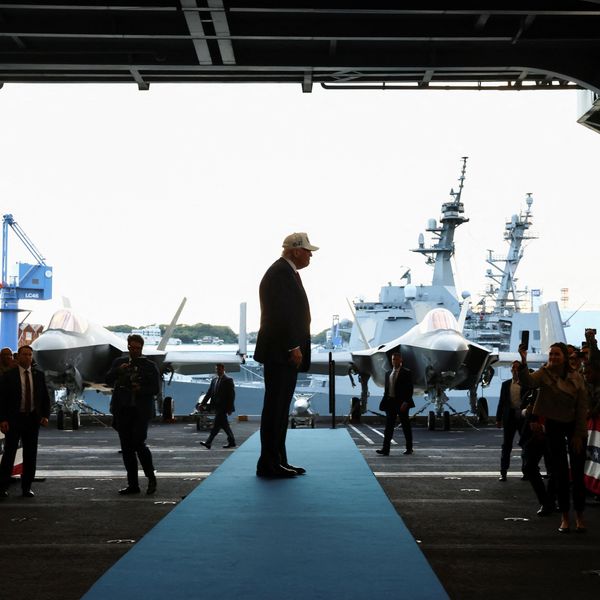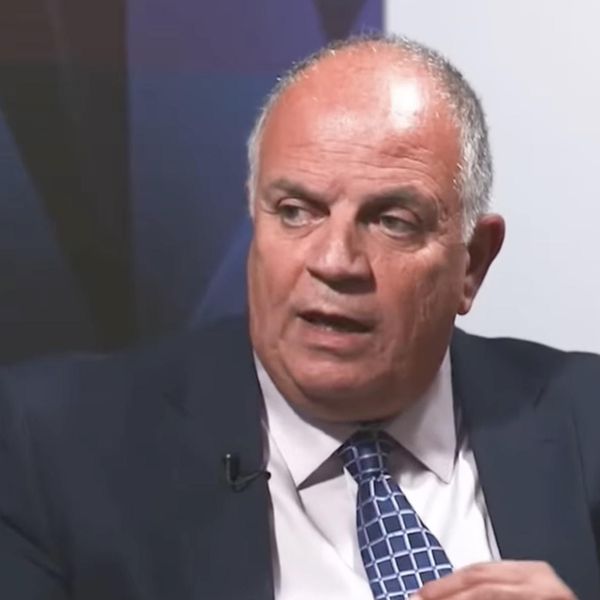Lebanon and Israel both reacted positively to a U.S. proposal to resolve the maritime border dispute between the bitter rivals, signaling that a deal could finally be reached after more than a decade of talks.
If successful, the agreement would be the first major victory for President Joe Biden’s Middle East policy. And, with elections looming in Lebanon, Israel, and the United States, it couldn’t come at a better time for all parties involved.
The primary issue at play is a pair of natural gas fields near the coast of Lebanon and Israel. One of them — the Qana prospect — straddles a disputed area that each side has long tried to claim as its own. Both Beirut and Tel Aviv have sought access to it in recent decades as prospectors have predicted that it could hold significant amounts of natural gas. (Qana’s contents remain unconfirmed because gas companies have been unwilling to work in the disputed area.)
Given the opportunity that Qana provides, Lebanon and Israel put aside their mutual enmity and participated in U.S-mediated talks in the early 2010s. Those negotiations nearly led to an agreement, according to then-U.S. mediator Frederic Hof, but discussions fell apart when the Lebanese government collapsed in 2013.
Fast forward to 2020, when Washington got representatives from each side to meet face-to-face for the first time in years. These talks stalled at first as Beirut expanded its claim to include part of the Karish gas field, a natural gas reserve that is well outside of the waters that the two countries had disputed in the past. Though Karish is not crucial to Israeli energy plans, Tel Aviv has already invested in the infrastructure necessary to exploit the area’s resources, and it would likely be a political poison pill to surrender part of the area to a hated enemy.
When Biden took office, he appointed Amos Hochstein as the new U.S. envoy. Though Hochstein failed in his initial attempts to find a compromise, his latest offer has finally done what others couldn’t: earned a positive response from both Lebanon and Israel.
While Hochstein’s proposal is virtually the same as prior U.S. proposals (among other things, it gives each side access to the Qana prospect and leaves Karish well within Israeli waters), it comes at a time when everyone has strong incentives to reach a deal.
For Washington, resolving the issue could help calm markets and secure additional natural gas for Europe, which is projected to face an energy squeeze this winter following Russia’s invasion of Ukraine. Notably, Hezbollah leader Hasan Nasrallah had previously threatened a violent response if Israel began exploiting the Karish field before the border dispute is settled, adding another measure of urgency to the talks.
From Israeli leader Yair Lapid’s perspective, an agreement would provide his caretaker government momentum leading into next month’s elections, which threaten to return right-wing firebrand Benjamin Netanyahu to power. For his part, Netanyahu has already attacked the proposal as an “illegal ploy” and accused him of “giving Hezbollah sovereign Israeli territory.” (It is unclear which area Netanyahu is referring to given that Israel has never laid claim to the entire Qana prospect.)
For Lebanon, a deal could have major political upside for its own caretaker government as President Michel Aoun’s term is set to end at the end of this month. Perhaps more importantly, the country is currently suffering from one of the world’s worst economic crises. In just a few years, Lebanon’s GDP has dropped by about 60 percent, and the country’s currency has lost 95 percent of its value, leading to a massive increase in poverty. Experts say that access to a large natural gas supply could help turn these economic woes around and give Beirut better leverage in a potential deal with the International Monetary Fund.
This may be why Hezbollah’s Nasrallah, who many worried would play spoiler, recently called the proposal a “very important step” and praised the potential opportunities it would bring to Lebanon.
Regardless of how we got to this point, the likely success of the talks is an important reminder of how skillful diplomacy can lead to a deal, even when maximalist demands threaten to sink discussions. What remains to be seen is whether each party will be able to convince their audience at home that the agreement was a victory for their side.
“In politics, each side tells its public that it is the net winner and that the other side made [bigger] concessions,” wrote Joseph Bahout of the American University of Beirut in a tweet. “It is natural that each side’s public will be split when considering the upsides and downsides [of a deal].”
Only time will tell if Israeli and Lebanese leaders will make it over this final roadblock.



